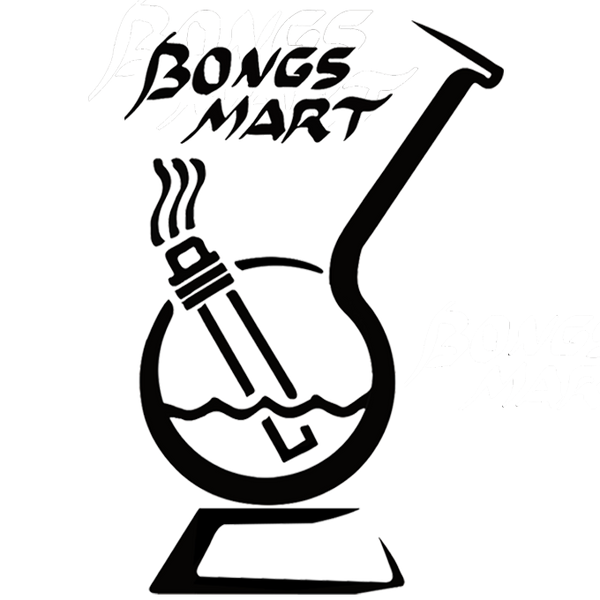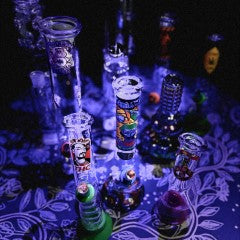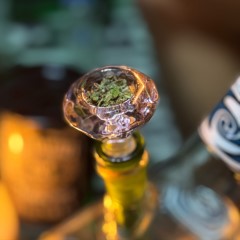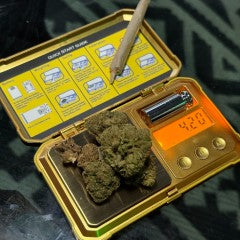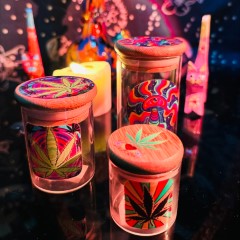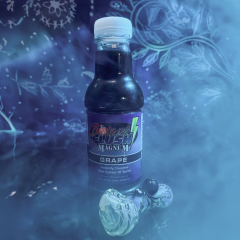In the diverse world of smoking, enthusiasts are presented with a myriad of options, each offering a unique experience. Among the contenders are bongs, vaporizers (vapes), and traditional tobacconist products. In this exploration, we will compare the three, highlighting the distinct features that set them apart and make them appealing to different preferences and lifestyles.
1. Inhalation Method:
- Bongs: Known for their water filtration system, bongs offer a smooth and cool inhale, minimizing the harshness associated with direct smoking.
- Vapes: Vaporizers heat the smoking material at lower temperatures, producing vapor rather than smoke. This method is often considered gentler on the lungs and delivers a cleaner taste compared to combustion.
- Tobacconist Products: Traditional smoking methods involve direct combustion, leading to the inhalation of smoke. The harshness can vary based on the type of tobacco and the smoking device used.
2. Potency and Efficiency:
- Bongs: With their large chambers and water filtration, bongs allow for the inhalation of a substantial amount of smoke, providing a potent and efficient way to consume smoking material.
- Vapes: Vaporizers are praised for their efficiency in extracting active compounds from the material. While the effects may be less immediate than with bongs, vapes often provide a more controlled and gradual experience.
- Tobacconist Products: The potency of traditional smoking depends on the type of tobacco and the combustion process, with varying levels of strength and flavor.
3. Health Considerations:
- Bongs: While the water filtration in bongs can reduce the harshness of smoke, they still involve the inhalation of combusted material, posing potential health risks.
- Vapes: Vaporizers are often considered a healthier alternative as they produce vapor instead of smoke, reducing the intake of harmful substances associated with combustion.
- Tobacconist Products: Traditional smoking is generally associated with health risks, including respiratory issues and an increased risk of various diseases.
4. Customization and Style:
- Bongs: The bong market offers a wide array of designs, sizes, and materials, allowing for a highly customizable smoking experience that caters to individual tastes.
- Vapes: Vapes come in various styles, from discreet pen-like devices to larger, more customizable models, providing users with options to match their preferences.
- Tobacconist Products: Traditional smoking methods have their own aesthetic appeal, often tied to the craftsmanship of pipes, cigars, or cigarettes.
5. Social Experience:
- Bongs: Sharing a bong becomes a communal experience, fostering social connections as individuals pass the device among friends.
- Vapes: Vaping can be a social activity, especially with the rise of social vaping events. However, the experience may be less communal than sharing a bong.
- Tobacconist Products: Traditional smoking has a rich history of socialization, with cigars and cigarettes often enjoyed in social settings.
The choice between bongs, vapes, and traditional tobacconist products ultimately depends on individual preferences, health considerations, and the desired smoking experience. Whether you seek the potency and ritual of a bong, the discreet efficiency of a vape, or the timeless appeal of traditional smoking, each option brings its own set of advantages and nuances to the diverse world of smoking.
